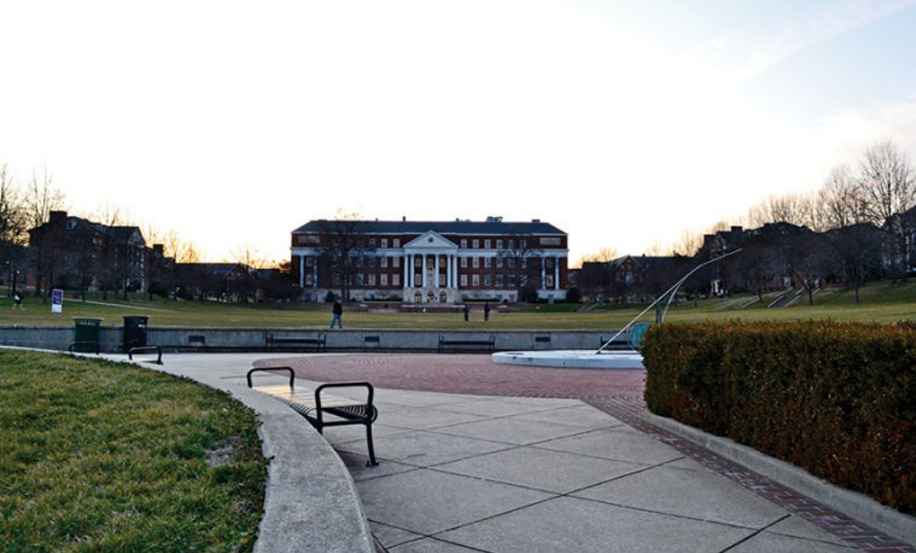By Jordan Fox
For The Diamondback
The Maryland State Department of Education awarded University of Maryland researchers more than $6 million to help students with disabilities get ready for either postsecondary education or the workforce.
The money, part of a larger initiative by the federal Rehabilitation Services Administration, will go toward funding the research of Ellen Fabien and Richard Luecking, both professors in the education college. The state received $8.1 million, Fabien said, with this university getting a $6.8 million portion of that.
“Workforce participation of people with disabilities is low — estimates range from five to 45 percent of people with significant disabilities holding employment,” Luecking said in a news release. “Addressing the real challenges for youth with disabilities has the potential to significantly improve their adult employment prospects.”
The researchers are looking at new ways to “demonstrate a comprehensive intervention to improve the post-high school outcomes for youth with any kind of disability,” Fabien said.
This is not the first grant awarded to Fabien and Luecking, whose research on the subject has been 20 years in the works. But Fabien said this grant is unique because it provides “sufficient funds” to implement their research in about eight Maryland counties.
It also is enough money to evaluate the research using the randomized control design, “the most rigorous type of evaluation design you can implement,” Fabien said.
“We have been pursuing this really important line of work for many, many years,” Fabien said. “It does require a lot of money because you have to recruit a lot of kids, so [this grant] really stands out for those two reasons.”
The randomized control design will recruit at least 400 students with disabilities beginning in Fall 2017. The students enrolled in the project will be mostly 16 to 18 years old. Two hundred students will be the control group and 200 will participate in the Maryland Workplace Learning collaborative, Fabien said.
This collaborative includes access to career exploration activities, workplace learning activities like visiting job sites, job shadowing, talking to employers and the opportunity to have at least one paid job, Fabien said.
“[It] sounds like, isn’t this something all kids do routinely? And they do, but, unfortunately, historically, kids with disabilities don’t always have these opportunities, particularly wrapped into one program.” Fabien said. “That’s what differentiates this program both from programs that kids without disabilities may get in high school … and other kids with disabilities might get as well.”
Although sophomore education major Kristin Dobson said she believes students with disabilities deserve the same education opportunities as anyone, “they still may need that one on one help.”
After adopting a little girl from China, Nancy Hemenway discovered her daughter, now 16, has developmental trauma disorder and reactive attachment disorder, which hinders her ability to learn in a traditional environment.
Hemenway, an advocate for parents with kids with special needs in the Washington area, said “education is a prime source of getting to the problem and correcting it, giving the kids what they need early on.”
Hemenway said she wants to see an emphasis on communication in the research program.
“Communication is probably the most important thing,” Hemenway said, “and I don’t think many education professionals communicate well with parents or with students themselves.”



